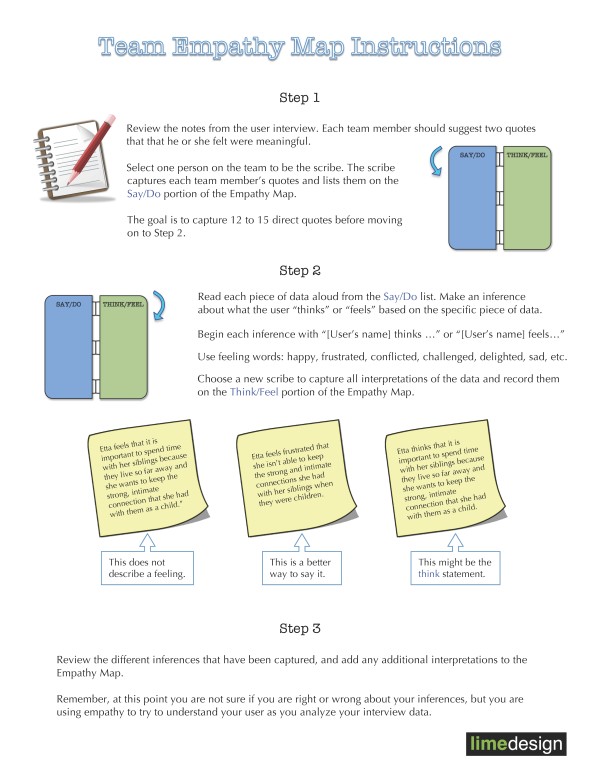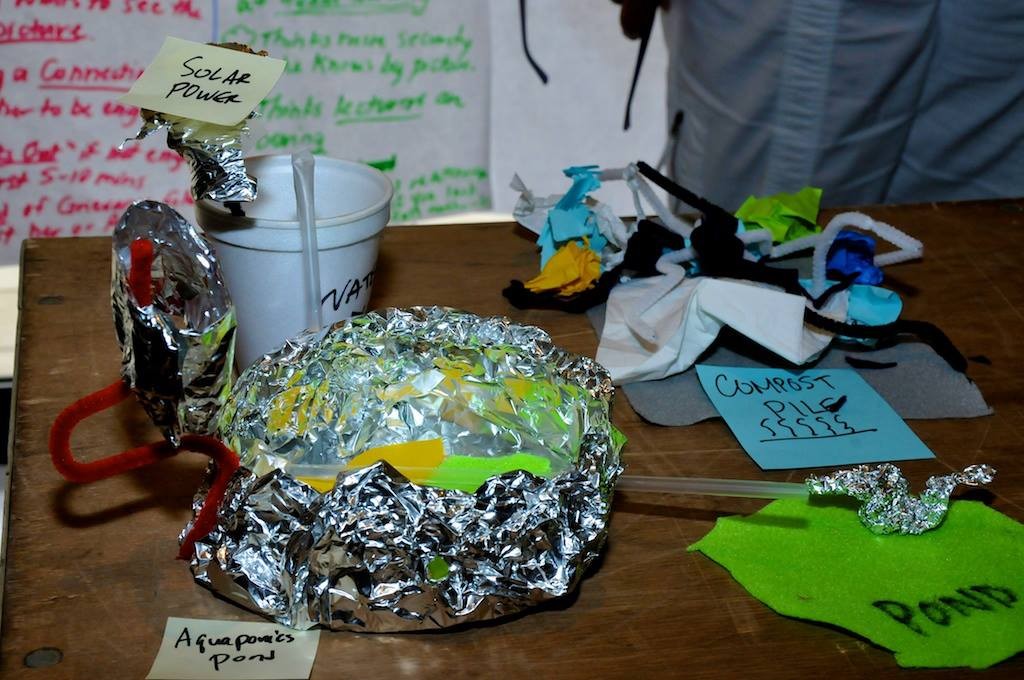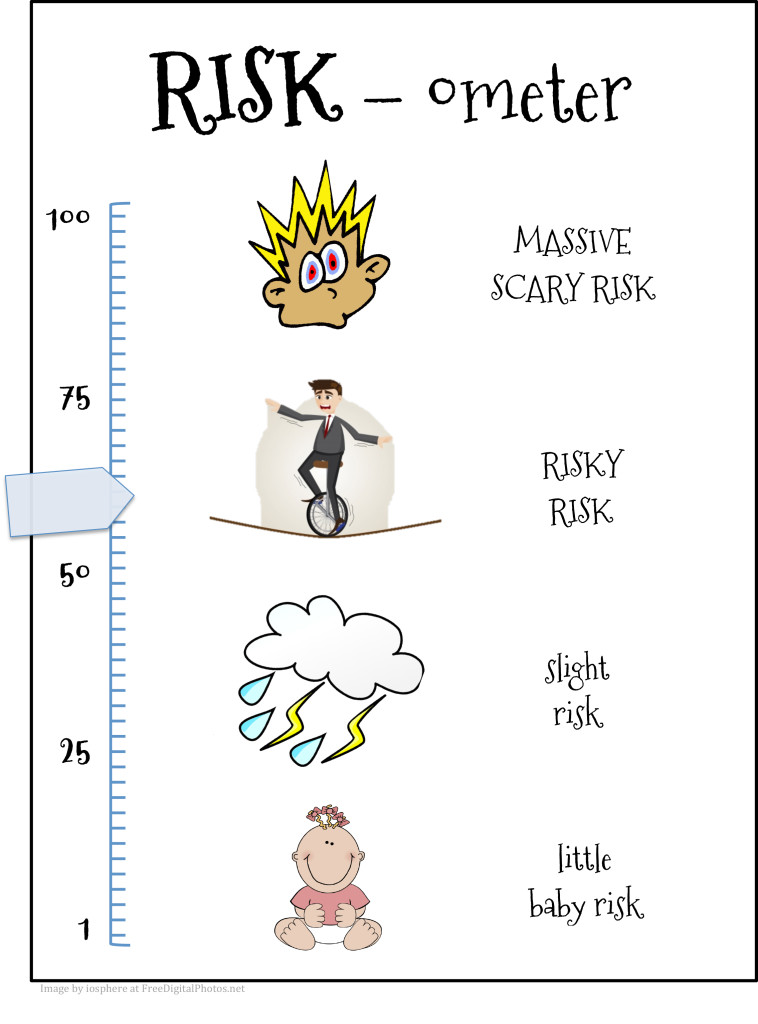Design thinking is a human-centered prototype-driven innovation process. How can you integrate the design thinking process into your K-12 classroom curriculum?
1. Craft a content-centered design challenge.
Think about the content of what you want your students to learn. It might be understanding how a suspension bridge works, figuring out volume and density, or understanding a literary character’s struggles. Then frame a design challenge around a single user, and make the purpose of learning the content be an essential part of solving the design challenge for that user. You goal is to have your students empathize with the user. Instead of learning how to build a simple machine, have your students build a simple machine for someone with one hand. When students care about WHO they are designing for, the what suddenly becomes important.
2. Use the mindsets.
Design thinking is a process, but the mindsets that underlie the process are equally important. One of the most important is failing forward and learning from what doesn’t work. Fear of making mistakes is one of the biggest obstacles to trying new things. Have students use a Risk-o-Meter, a tool inspired by Guy Claxton’s work. This tool highlights a range of difficulty from 1-5. For example, you might give students a choice of math problems with a range of difficulty and let them choose which one to work on. If they choose one that is high on the Risk-o-Meter, publicly acknowledge them for taking a risk. Celebrate the risk-taking and celebrate the learning. This will encourage your students to take the risks that ultimately need to be critical thinkers and more deeply engaged learners.
3. Use the tools of design thinking.
One essential tool of a design thinker is an Empathy Maps. An Empathy Map is a tool that is used to analyze interview data to gain deep user insights. The goal is to capture what a specific person “said” or “did” and make inferences about what that person “thinks” or feels.”

In the classroom, you might have your students work in teams to learn about the World War II-era incarceration of Japanese Americans by exploring www.densho.org and have them craft Empathy Maps for different stakeholders. In a literacy lesson, you might have your students craft Empathy Maps for Scout, Jem and Atticus Finch as they read “To Kill a Mockingbird” or for Wilbur, Charlotte and Fern as they read “Charlotte’s Web.” The Empathy Map helps students engage more deeply in text, and as Judith Langer’s work shows, when students are engaged in what they are reading their comprehension increases.
4. Focus on the single steps of the process, not the entire design thinking process.
Use the “Frame” part of the design thinking process in a social studies lesson by having your students read primary source Oregon Trail journals and role play interviews. Use the “Imagine” part of design thinking to brainstorm alternative solutions to a historical or current day conflict, or generate new possible endings to a short story. Use the “Make” part of the design thinking process by having students build prototypes for the colonists first frozen winters in New England or the Apollo astronauts’ first journey in a space capsule. (Hint: Encourage them to time travel as they design!)
5. Let your students see that you are a life-long learner.
When your students walk into your classroom, they have to learn something new every day. Imagine if you had to learn something new each day, and how that might feel and put yourself in your students’ shoes. Try a new skill like learning to play an instrument, knitting, or writing a blog. Share how you feel about it, share your mistakes, and share what you learned. Say, “I don’t know how to do this. I have never tried it, but I am going to do it anyway.” Maybe as a class, you can learn something new together and share your struggles and successes.
Design thinking is a process and mindsets. It’s important to teach both to your students. The more you do, the more inextricably linked they become. And that changes you, your students, and your classroom culture. For more ideas, check out “designED: Integrating Design Thinking into Your K-12 Classroom.”













